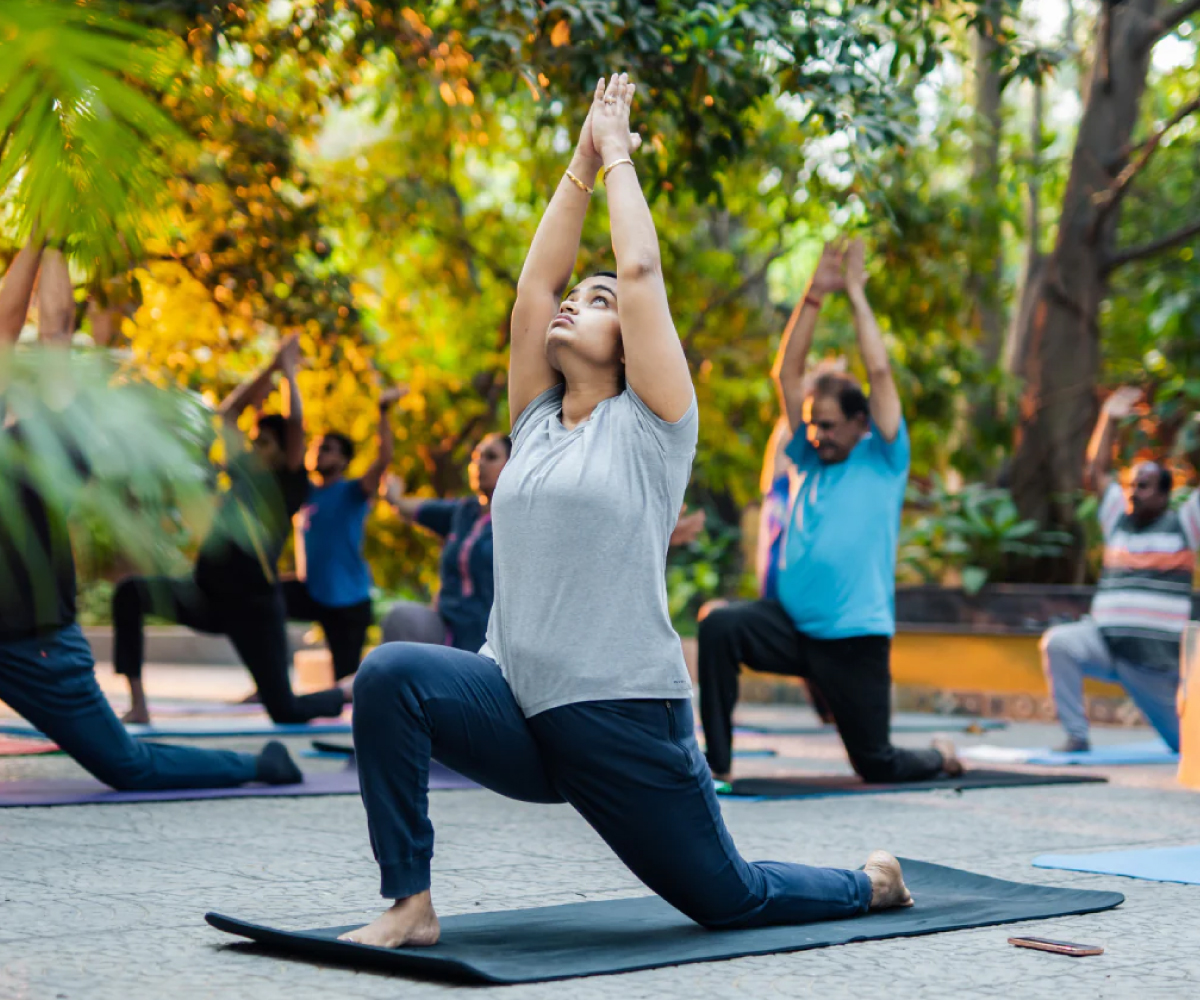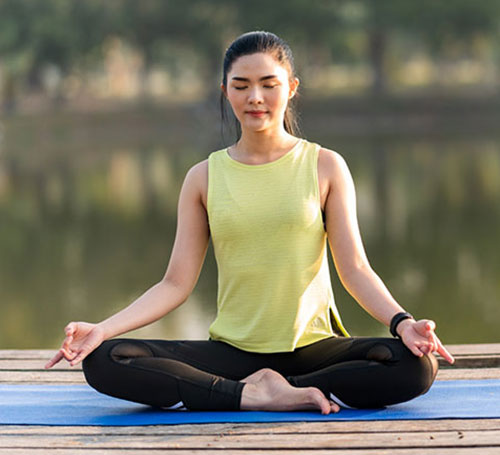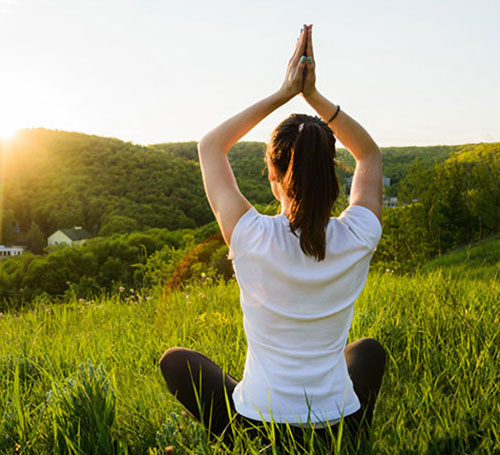
In today’s world, we can find numerous styles of yoga like Power Yoga, Aerial Yoga, Iyengar Yoga, Yin Yoga, Kundalini Yoga, Hot Yoga and many more. This vastness and diversity comes from the modernisation and commercialisation of yoga. However, the traditional roots and the fundamental principles that constitute the ancient practice of yoga are far different from these modern adaptations.
As per our yogic texts, yoga is broadly classified into two main paths: Haṭha Yoga and Rāja Yoga. Though the two are different and independent, one cannot be practised without the other. The newer interpretations of Hatha Yoga, often associate it with solely with physical postures(asanas). However, its original meaning is much deeper. The word term “Hatha” originated from two Sanskrit syllables: "Ha”, representing the sun, and "ṭha," representing the moon. Together, they symbolize the flow of breath through the right and left nostrils.
The main principle and aim of Hatha Yoga is regulating the breath to create a state of balance within the mind to provide more focus and clarity. The bridge between the mind and the body is the breath. There exists a deep rooted connection between the breath (prana) and the mind (chitta). By regulating the breath, we can calm the fluctuations of the mind, leading to greater focus, clarity, and inner peace. A focused mind is essential for progressing on the path of Rāja Yoga, which ultimately leads to self-realization (ātma-jñāna). It is, therefore, important to control the breath to uplift one’s mental state and emotional well-being.
Rāja Yoga is known as the "Royal Path". Practices like meditation (dhyana), concentration (dharana), and self-inquiry (svadhyaya constitute Rāja Yoga. These practices aim to quiet the mind leading to a direct experience of the true self (ātman) or higher consciousness. For beginners on their yogic path, Haṭha Yoga serves as an accessible entry point and provides a foundation for physical and mental well-being. A right and knowledgeable teacher is crucial for your yoga practice. Under the right guidance, various tools such as asanas, pranayama, and meditation can be used to cultivate health and balance in both body and mind.
While Haṭha Yoga and Rāja Yoga may appear distinct, they are fundamentally interconnected, like limbs of the same body. Haṭha Yoga helps in preparing the body and mind for the deeper practices of Rāja Yoga. Rāja Yoga provides the framework for spiritual awakening and self-realization. Hence, it is recommended to begin with Haṭha Yoga as a stepping stone towards the profound depths of Rāja Yoga, recognizing that both paths are essential and complementary on the journey towards wholeness and liberation.


